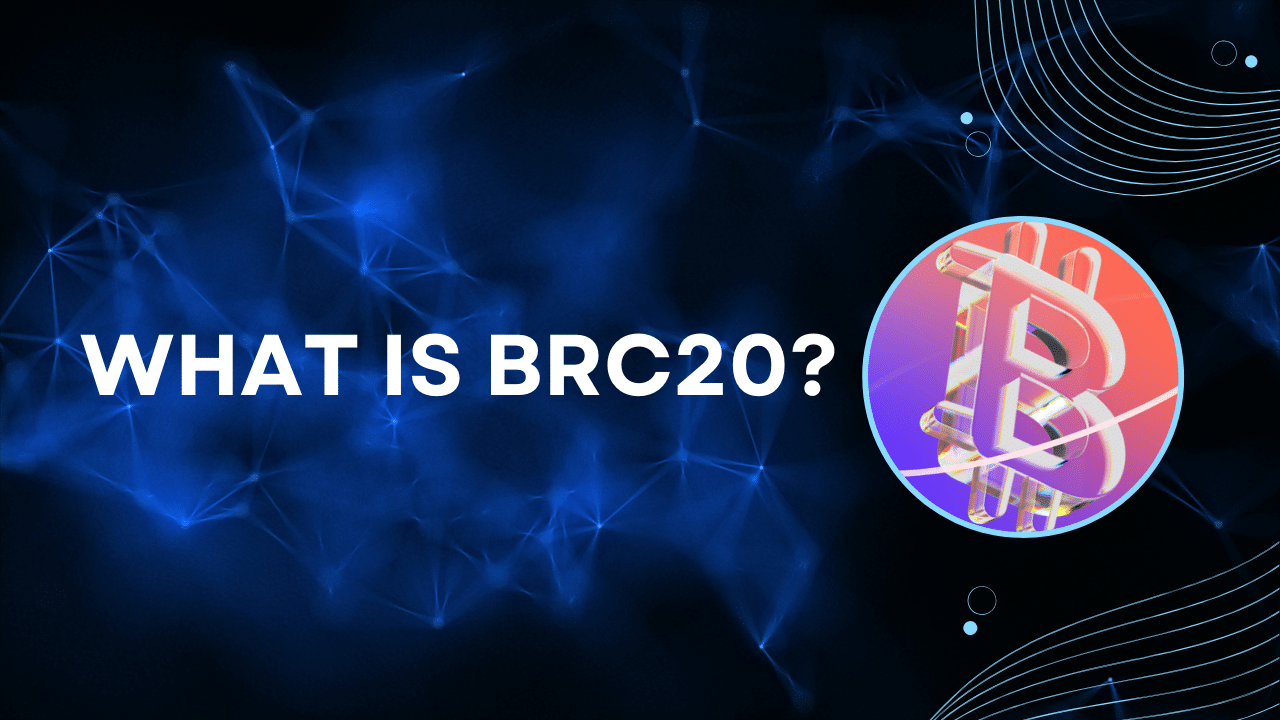Contents
There’s no question that cryptocurrencies have had a huge impact on the world economy.
There’s also no question that they’ve taken a toll on the environment. Currently, Bitcoin consumes an estimated 150 terawatt-hours of electricity annually — more than the entire country of Argentina.
As the world becomes increasingly digitized, it’s important to consider the environmental impact of the choices we make. When it comes to cryptocurrencies, eco-friendly options are often overlooked in favor of more popular coins like Bitcoin and Ethereum.
However, eco-friendly cryptocurrencies offer an appealing alternative for those looking to make sustainable or eco friendly digital investments.
Unlike Bitcoin and Ethereum, which require large amounts of energy to power their networks, eco-friendly cryptocurrencies only need a few hundred machines.
As the world becomes more conscious of the need to reduce our impact on the environment, eco-friendly cryptos are likely to become more popular.
In this article, we will rank eco-friendly cryptocurrencies based on the lowest amount of energy consumed by each. And explore how you can determine the sustainability nature of a cryptocurrency and what to do when investing in them.
So let’s get digging…
Contents
Top Sustainable Cryptocurrencies to Invest In
We have researched and analyzed some of the top sustainable cryptocurrencies that you should consider investing in. We have ranked them based on the lowest energy consumption. These are:
#1 Nano
Nano is a relatively new low-energy crypto that doesn’t use mining, instead utilizing “blockchain lattice” technology to generate user blockchains for everyone on the Nano network, so that each user can control their own account.
Transactions are verified by Open Representative Voting (ORV), with members of the network serving as validators.
Users can transact peer-to-peer using their own blockchains, which saves time and energy because they don’t have to use the main network blockchain.
It hasn’t achieved the same level of acclaim as the other cryptocurrencies on this list, which definitely raises some concerns. But it also indicates that Nano has more room to grow as it already tops our list as the most less energy intensive cryptocurrency with only 0.000112kWh.
#2 Hedera
Hedera is a cryptocurrency that runs on a Proof-of-stake consensus mechanism, with energy consumption of almost 0.001kWh and that’s why we have ranked it at #2 on our list.
In theory, it may compete with major payment processors like Visa in terms of transaction per second while using considerably less energy than bitcoin. Instead of processing everything one after the other, transactions are processed simultaneously, making Hedera faster than previous cryptocurrencies like bitcoin.
The creators of Hedera are utilizing their network to build sustainability projects such as their Power Transition energy tracking software.
It’s a highly scalable digital energy platform that allows customers and businesses to manage their energy consumption at the scale of micro grids all the way up to national grids.
It may help in lowering costs and accelerating the move to a zero-carbon economy by allowing players in networks of any size to communicate more effectively, resulting in improved energy efficiency.
#3 Algorand
Algorand exists on a proof-of-stake(PoS) consensus mechanism with great transaction speeds, low fees, and accessibility. It enables the network to execute smart contracts, through which it drives most of its value – making it one of several competitors to Ethereum.
Algorand does not use mining, and the network is attempting to be a trailblazer in blockchain sustainability by generating a carbon-negative network.
In April 2021, they announced that their network is entirely carbon-neutral. It was created to be energy efficient from the start and has committed to offsetting any emission gaps in order to decrease its environmental effect even more.
Ranking at #3 on our list, the network becomes more accessible, scalable, and energy-efficient with 0.0002 kWh of energy consumption.
Algorand also partnered with ClimateTrade, a nonprofit devoted to assisting businesses in improving their sustainability reports. It will use a portion of its network fees to buy carbon credits through ClimateTrade.
#4 Cardano
Cardano uses a Proof-of-Stake (PoS) consensus mechanism, built on a peer-reviewed blockchain. It was developed by one of the co-founders of Ethereum and has been amongst the top cryptocurrencies in the world as per market cap.
What makes Cardano different from Ethereum is that when people buy Cardano, they become members of the network instead of mining new coins. That itself reduces the energy consumption per transaction to almost 0.5 kWh.
Cardano’s network is designed to be flexible and efficient, allowing it to scale up as needed without a significant increase in energy use.
Read our comprehensive guide on What is Cardano? And learn more about this amazing eco-friendly network.
#5 Chia
Ranking last on our list, The Chia Network is a blockchain and smart transaction platform that allows users to take advantage of available hard drive space to run the decentralized network.
It puts their desktop to work by providing downloadable software that pays users in Chia tokens for running the platform on their hard drives. While Chia’s hard drive-based “farming” process is not as eco friendly as some of the other cryptocurrencies on this list, it is much less energy-intensive than proof-of-work blockchains’ mining process
Instead of proof-of-work, the Chia Network relies on proof-of-space-time. So, storing a certain amount of data over a certain amount of time can earn you XCH, Chia’s token.
Chia farming was designed to be accessible, with no specialized equipment needed, nor massive amounts of power. Currently, the Chia network consumes 2kWh.
What Makes Cryptocurrencies Sustainable And Eco Friendly?
A sustainable cryptocurrency has an environmentally friendly design and operates with little energy consumption. It doesn’t require much power, so it constantly seeks out new ways of reducing its environmental impact while still being fully functional!
The community behind such a currency is dedicated to carrying out various initiatives that will make our earth better by giving back what we take from it.
There are three important questions you must find answers to before determining whether a cryptocurrency is sustainable or not.
- How much Energy does it consume?
- Does it have a Carbon Footprint?
- What Eco Initiatives have they taken up?
A single Ethereum transaction consumes circa 178 kWh. In comparison, Nano transactions use approximately 0.000112 kWh, and the amount of energy needed to process that transaction is so low that it effectively doesn’t exist. That’s what makes Nano the most eco friendly and sustainable cryptocurrency, to date.
When compared to other options, it’s clear that cryptocurrencies with the lowest energy consumption have a much smaller carbon footprint. Not only is it more eco-friendly, but it’s also more efficient and faster than other cryptos.
The Nano Foundation, is a community behind the eco-friendly cryptocurrency and is dedicated to environmentally friendly initiatives. For example, they have an initiative where people partner up with trees through tree planting campaigns in order for us all to have a greener earth!
These are just a few of the significant aspects that may really help you understand how sustainable eco-friendly some cryptocurrencies are, while also being completely functional.
Future Cryptocurrencies Will Be More Sustainable And Eco Friendly
Cryptos are here to stay, and so ethical choices have to be made to ensure a sustainable future environment.
To deliver a sustainable future, many analysts are predicting that eco-friendly cryptos will soon flood the market. This is because they offer a number of advantages over traditional cryptos.
For example, they are more environmentally friendly and easier to use. They can be used in a variety of ways, including online payments and money transfers. This makes them a viable option for everyday transactions.
They don’t require as much energy to produce and use, which means they are less harmful to the environment. This is a big selling point for many people, especially those who care about sustainability.
According to the Ethereum Roadmap Update, the network will soon be moving to a POS system. That’s when Ethereum will consume 99.98% less energy than it is consuming right now, which is a lot!
So by 2023, we might see Ethereum as one of the top sustainable and eco-friendly cryptocurrencies.
With the growing popularity of proof-of-stake rather than proof-of-work mechanism and not relying on energy-intensive mining operations, it seems that the future of eco-friendly cryptos is bright and inevitable.
Final Thoughts
If you’re looking to invest in eco-friendly cryptocurrencies, here are a few things to keep in mind:
- Look at a project’s goals, what makes it unique, and the problems it aims to solve.
- Consider the team behind the project. Do they have experience in the crypto space?
- Be cautious about how much you invest. Cryptocurrency is a volatile market, and prices can fluctuate rapidly. So always invest 1% to 5% of your portfolio.
- Keep an eye on energy usage. Projects that don’t use proof of work will consume less energy.
Remember that sustainability is just one factor to consider when investing in cryptocurrency. Don’t forget to look at other important factors to make a sound decision!
Want to start investing in cryptocurrencies? Check out these 10 Best Altcoins to Invest in 2022!








